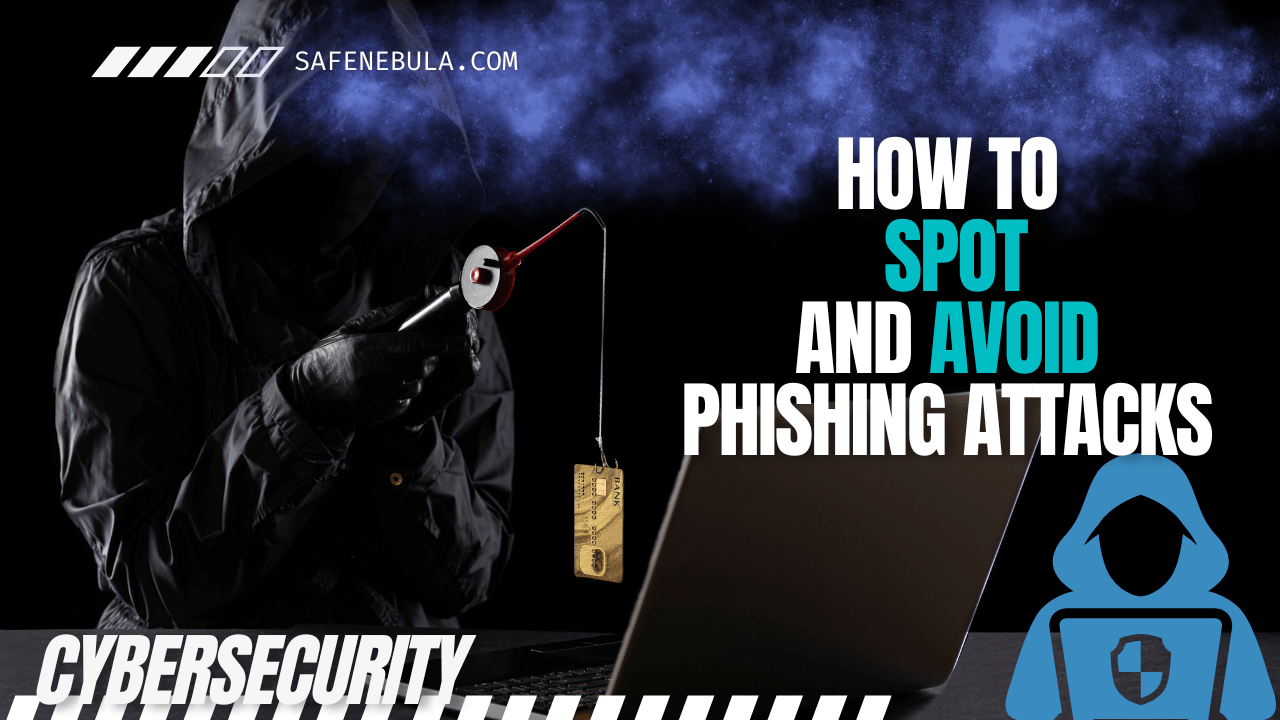Phishing attacks, a common tactic used by cybercriminals to deceive individuals into revealing personal information, have become increasingly sophisticated. These attacks often come in the form of emails, texts, or phone calls designed to mimic legitimate organizations. Educating yourself on how to recognize and avoid these threats is crucial for safeguarding your personal and financial information. This guide will help you identify the signs of phishing attempts and provide actionable advice on what to do if you suspect you’ve been targeted.
Recognizing the Signs of Phishing
1. Suspicious Email Addresses and Links
- Check the sender’s email address closely; phishing attempts often come from addresses that resemble legitimate ones, with minor differences.
- Hover over any links in the email without clicking them. A phishing email will typically have links that do not match the supposed sender’s website.
2. Urgent or Threatening Language
- Phishing emails frequently use urgent or alarming language to provoke immediate action, such as threats of account closures or legal action if you don’t respond promptly.
3. Requests for Personal Information
- Legitimate organizations will not ask for sensitive information (passwords, Social Security numbers, bank account details) via email or text message.
4. Unsolicited Attachments
- Be wary of emails that prompt you to download an attachment, especially if you weren’t expecting it. These attachments can contain malware.
5. Spelling and Grammar Mistakes
- Professional communications are usually free of significant spelling or grammatical errors. Multiple mistakes may indicate a phishing attempt.

Preventive Measures
1. Use Spam Filters
- Enable spam filters on your email account to help catch phishing emails before they reach your inbox.
2. Enable Two-Factor Authentication (2FA)
- 2FA adds an extra layer of security by requiring a second form of identification beyond your password.
3. Keep Your Software Updated
- Regularly update your operating system, browser, and antivirus software to protect against the latest threats.
What to Do If You Suspect a Phishing Attack
1. Do Not Respond or Click on Links
- If you receive a suspicious email, text, or phone call, do not reply or click on any links. Similarly, do not open any attachments in suspicious emails.
2. Verify the Source
- If you’re unsure whether a communication is legitimate, contact the company directly using information from their official website or your account statements.
3. Report the Phishing Attempt
- Forward phishing emails to the Anti-Phishing Working Group at reportphishing@apwg.org. If the phishing attempt came through text, report it to your mobile carrier. Additionally, report the attempt to the FTC at ftc.gov/complaint.
4. Change Your Passwords
- If you believe your information might have been compromised, change your passwords immediately, especially for sensitive accounts like banking or email.
Conclusion
Being able to recognize and respond appropriately to phishing attempts is key to protecting your personal and financial information online. By staying informed about the common signs of phishing and taking preventative measures, you can significantly reduce your risk of falling victim to these deceptive tactics. Remember, when in doubt, it’s always safer to verify the authenticity of the communication through official channels.
